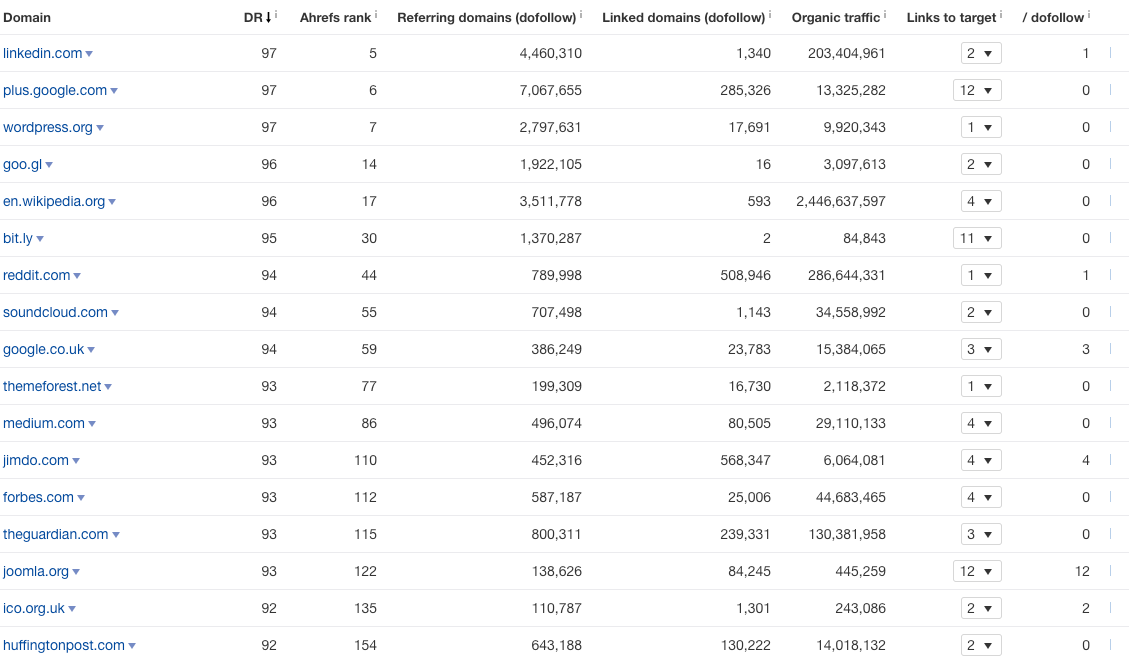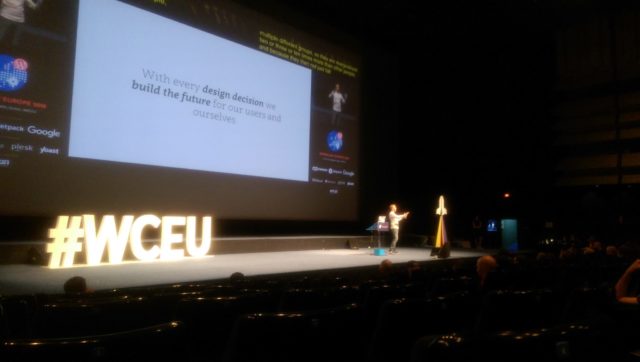Perhaps what marketers don’t realise however, is that when great content has been produced, it can help with SEO, digital PR and social media. Essentially, content marketing ties several aspects of digital marketing together; so for your brand to be truly successful, you need content marketing.
What is content marketing?
The Content Marketing Institute defines content marketing as: “… a strategic marketing approach focused on creating and distributing valuable, relevant, and consistent content to attract and retain a clearly defined audience – and ultimately, to drive profitable customer action”. It can take various forms, including blog articles, whitepapers, videos, infographics, interactive maps, quizzes, calculators… the list goes on! However, content marketing can only be successful if you’ve created something that’s useful and engaging for your audience.
If you consider content marketing a sales tool, then you’ve set it up for failure. That’s because the immediate aim of content marketing is to build brand awareness, gain links and increase your rankings in the search engine result pages (SERPs). The long-term result of that may well be sales, but it should never be used specifically to generate revenue.
Content marketing in the UK: stats
I came across some really useful research conducted by the Content Marketing Institute in 2018, specific to UK businesses.
I thought the statistics sounded very promising, and then noted at the bottom of the slides that social media posts were considered “content marketing”, so it’s worth taking these stats with a pinch of salt. However, they’re interesting insights nonetheless:
- The great news (although I suspect this figure would be significantly lower if social media posts weren’t classed as content marketing) is that 86% of marketers surveyed said they’ve created some form of content marketing… yet that means at least 14% haven’t.
- Interestingly, 78% of respondents said their organisation had a content marketing strategy, but 40% said it was verbalised… that means only 38% of organisations have a documented content marketing strategy.
- 36% of respondents don’t measure the ROI from their content marketing efforts. 19% say they don’t know how to.
- Those that don’t measure the ROI (the 19% who don’t know how to aside), say it’s because they either need an easier way to do so, they don’t need to formally justify their work, or because they find it too time-consuming.
- However, of those that do measure ROI, 83% say they can confidently demonstrate how audience engagement has increased, 68% can show an increase in leads, and 49% can show an increase in sales.
From these results, it’s clear to see there’s still work to be done to encourage cynics who aren’t sure of content marketing.
If you’re one of those cynics, then read on to discover how content marketing enhances other aspects of your digital marketing, and why you need to incorporate it into your strategy.
Content & SEO
One essential element of SEO is conducting keyword research to identify content gaps and opportunities. Typically, this results in new landing pages or blog articles that answers the questions users are searching for.
This can extend to large content marketing projects too. For example, let’s say that you work for a company that arranges hen parties across the UK, and you’re going to create an interactive map about the best hen party destinations in the UK. That map will focus on several major cities, including a list of the best things to do, and best places to eat and drink.
When you publish the interactive map on your website, you’ll be publishing it as a landing page, so you’ll need some copy to accompany it.
“Best hen party destinations UK”, “best hen party locations UK”, and “hen party getaways UK” all have a good amount of search volume, so it makes sense to optimise your copy for those keywords. After all, your content is in-depth and useful to the reader, who is most likely trying to plan a hen party in the UK.
However, the keyword optimisation doesn’t end there. Think about the power of smaller content pieces – how many additional pieces of content can you create from your interactive map? At the very least, you can write one blog article (find out how to write a great blog post here!), for each city you’ve covered, covering in further depth the things to do there. “Hen parties Manchester”, “hen dos Liverpool”, “hen party Nottingham”… there are so many opportunities.
Creating smaller pieces of content from your wider project is great for internal linking: just link your blog articles back to your main landing page (and from your landing page, you can link to your blog articles). This makes it much easier for Google to crawl these new pages, helping your content to rank higher.
Ultimately, when it comes to SEO, a technically sound website is essential. However, once you’ve made all the fixes, the way to steadily increase traffic to your website is through new content; and that’s what makes content marketing crucial for SEO. Plus, the higher you rank on Google, the more authoritative you look to readers.

Content & digital PR
What’s one of the main reasons why we create large content marketing pieces? To build links, of course! Blog articles, whitepapers and reports can all be outreached to the media, but let’s think back to our interactive map idea.
So, you have a list of things to do in each city, in addition to a range of recommended restaurants, bars and clubs – which you’ve linked to. When it comes to outreach, get in touch with everyone you’ve mentioned and ask if they’ll link back to you (and share it on social too!).
The fact that you’ve not only mentioned them, but linked to them too, will probably mean they’re more than happy to link back to you. Let’s say you’ve featured 15 cities, and linked back to 30 different companies in each one – even if only a quarter of them return your link, that means you’ll have gained an additional 112 links, which is an amazingly high number.
Now, we’re starting to see how content marketing ties other aspects of digital marketing together; as external links are a direct ranking factor for SEO. Why? Well, Google views it like this: if credible (emphasis on credible, not spammy) sites are linking to you, then that must mean your content is of high quality. High-quality content highlights the fact that you’re an authoritative figure in your industry, with content that will be useful to others, which means you rank higher.
It’s hard getting links, and no one’s denying it. In fact, a study of 912 million blog posts from Backlinko found that 94% of all blogs published have no external links pointing to them.
However, bear in mind that on average, their study found that long-form content receives 77.2% more links than short articles, with optimum word count being between 1,000-2,000 words. Want more tips? Find out the four types of content we recommend for building links.
If the content you’re producing isn’t interesting, engaging, valuable and/or useful, then no one’s going to want to link to it. Considering just how long it can take to create content in the first place, you want to give it the best possible chance of being linked back to by other sites, and ranking in the SERPs.
Content & social media
That’s not the only connection that content marketing has with the rest of the digital marketing mix.
Enter social media: the perfect space to interact and engage with customers and potential customers. Surprisingly, Backlinko’s study found practically no correlation between social shares and backlinks. After all, you’d assume that the more people you put your content in front of, the more links you’d get – but, in the words of Buzzumo’s Director Steve Rayson, “people share and link to content for different reasons”.
However, performance on social media is crucial for long term SEO success, and this is where content ties the two together. Posting a mixture of interesting content on social media will encourage engagement between your followers; which in turn, increases brand awareness amongst a wider audience.
Once your brand is in the back of other consumers’ minds, if they are wanting to purchase your products/services, they may think about you automatically, or if they search for them on Google and see you pop in the SERPs, they may head over to you straight away.
Want some tips on how to create great content for social media? According to Backlinko, titles that end with a “?” get 23.3% more shares than those with headlines that don’t feature a question.
Final thoughts
If you’re a marketer who hasn’t yet dipped your toes into the world of content marketing, is it perhaps because you think it’s not relevant for your industry? If that’s the case, it couldn’t be further from the truth. Content works for any industry – from fashion to manufacturing and life sciences. You just need to create content that is useful and engaging for your audience.




